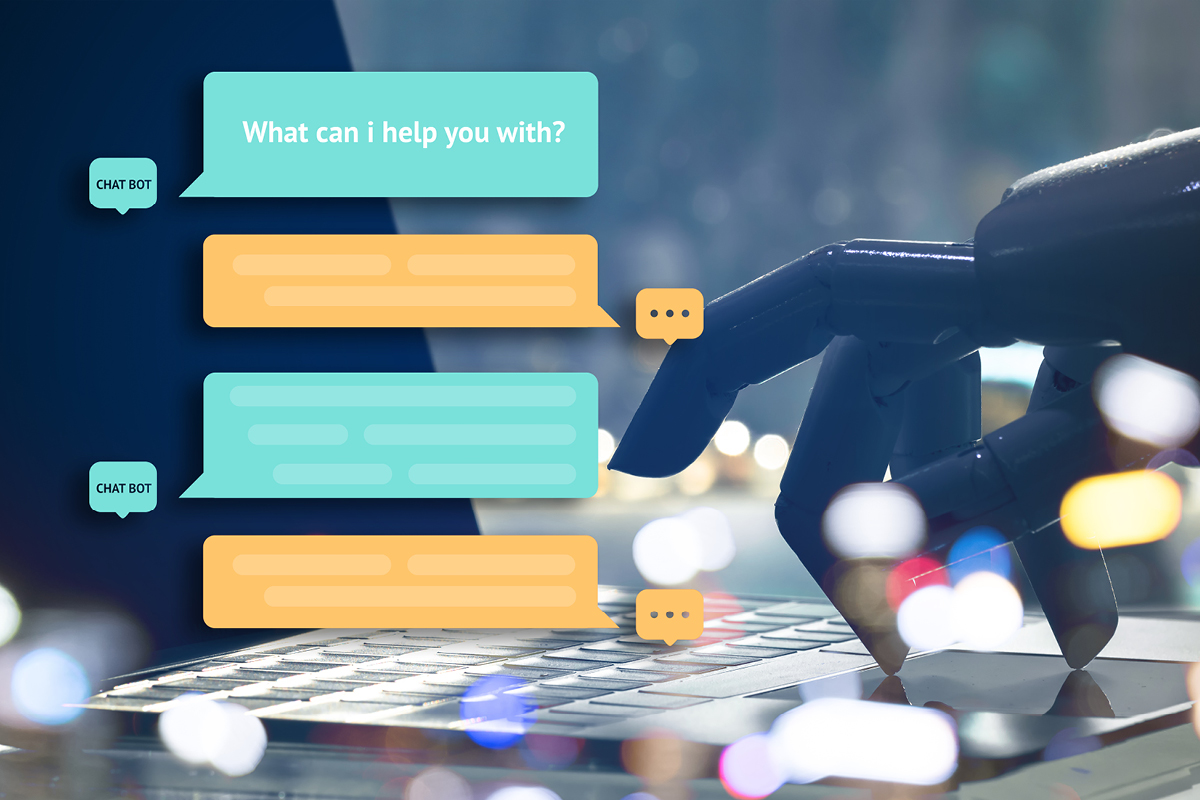Traditionally, the contact centre has been viewed as a cost to a business delivering limited, if any value at all – almost a necessary evil. Initially, companies experimented with outsourcing, which was once hyped as a holy grail but, unfortunately, has proven to have its fair share of challenges in the past. Customers felt their problems weren’t important enough to be dealt with directly and saving money was a bigger priority for leading brands.
Today the latest hype is chatbots. Investment is reaching fever pitch across almost every sector. Companies are taking a quantum leap and pouring millions and countless hours into deploying chatbots as the first line of customer combat. In fact, Gartner predicts that AI-driven technology will be responsible for 25 per cent of customer interactions by 2020.
On the surface, chatbots make sense. Why rely on expensive human operators when a chatbot can respond immediately and is available on demand at all hours. But most companies who have taken the “bot” plunge will testify that their initial expectations were unrealistic. And the scary truth is they’re adding complexity to customer service in a way most leaders never imagined.
For example, customer service calls – the key driver of effective contact centre management – are becoming longer. Customers are taking more time to complain to agents about their negative chatbot and digital experience. If it takes 12 positive customer interactions to make up for just one bad one, that’s a lot of customer service recovery for an agent, let alone a chatbot to handle.
The follow-on effect has been poor customer service standards as the agents are trying to churn through calls or the hiring of more contact centre agents to handle the increasing load. Suddenly, customer dissatisfaction or labour costs begin to rise again, depending on the situation – the very things companies were trying to avoid.
However, companies such as Spark NZ have proven that chatbots, or what the industry calls Intelligent Virtual Agents (IVA), can be a great source of success when implemented well. Some say that they are the smarter version of chatbots. The not-so-secret formula seems an obvious one – implement them in a way that everyone is a winner – it really is that simple. Your customers are satisfied, the load on your agents is reduced and you eradicate expensive calls; win-win-win.
Here are five things companies need to address in the future for a successful chatbot experience:
-
Firstly, an IVA is part of an integrated approach to customer service.
The inconvenient truth is, it’s impossible for a single piece of technology to solve all of our problems. An IVA is just one part of the wider customer communication process.
-
An IVA is not a human.
When chatbots were first introduced, companies tried to mask their identity and make them appear human-like. But that just created more tension. Companies who openly introduce IVA’s as an automated service that is trying to help with basic challenges, are actually experiencing less customer dissatisfaction.
-
Recognise the customer, period.
Chatbots don’t have the level of emotional intelligence to recognise your loyal customers – but they could. Armed with the right systems your IVA can, and should, recognise where your customers are in their purchase journey.
-
Customers don’t want to be served bland information.
When the IVA is empowered with data from a central point of information the communication flow is seamless and everyone is happy. Up-to-date, reliable and consistent are the key words.
-
Marketing and operations need to co-own the customer.
When operations and marketing teams work together, you can address the consistency of tone and language used by the IVA, ensure alignment with your external marketing communications and ensure a positive brand and customer experience.
In summary, when IVA’s are implemented well, with thought and teamwork, companies are blessed with myriad opportunities. Data aside, businesses can boost customer retention and loyalty by hiring more experienced and qualified agents who can add value to the customer experience. These agents in turn can create an enviable opportunity to resolve difficult situations and they become the gatekeepers to profitable upselling and cross-selling opportunities.
There is no doubt that one day, every company will need to employ a fleet of IVA’s – both for external and internal use. The pendulum is swinging towards AI-driven solutions because they are the only way companies can ensure work is done around the clock, human error is reduced, expenses are kept in check and customers are happy.
The key to success, however, is whether businesses can find the right balance between personalised customer care and digital efficiency to take chatbots to the next level.







